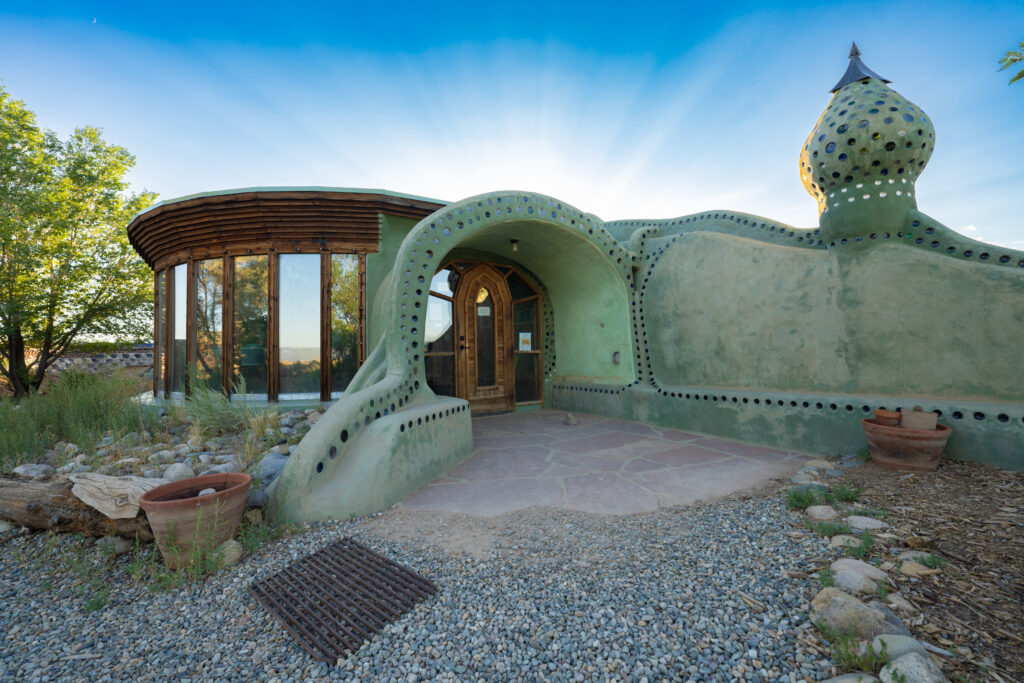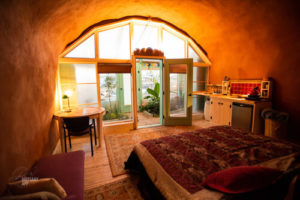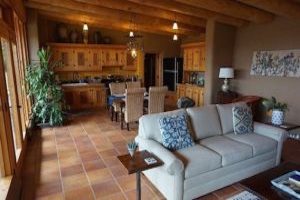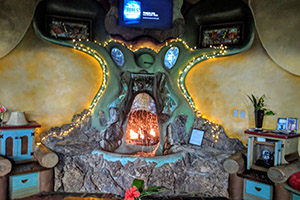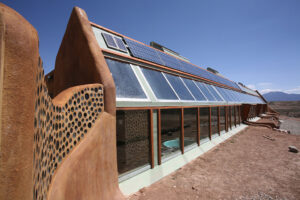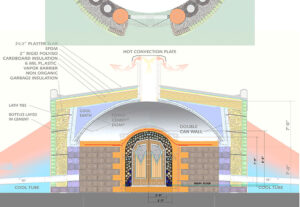Passive House Buildings
There is absolutely no cutting back on comfort;
instead the level of comfort is considerably increased.
A Passive House / Building is a building standard that is truly energy efficient, comfortable, affordable and ecological at the same time. Passive House / Building is not a brand name, but a construction concept that can be applied by anyone and that has stood the test of practice.
Passive Buildings allow for heating and cooling related energy savings of up to 90% compared with typical building stock and over 75% compared with average new builds. In terms of heating oil, Passive Houses use less than 1.5 litres per square meter of living space per year, far less than typical low-energy buildings. Similar energy savings have been demonstrated in warm climates where buildings require more energy for cooling than for heating.
Passive Houses are also praised for their high level of comfort. They use energy sources inside the building such as using the heat from an oven or solar heat entering the building making heating a lot easier.
Appropriate windows with good insulation and a building shell consisting of good insulated exterior thermal mass walls, roof and floor slab keep the heat during winter in the house and keep it out during summer.
A ventilation system consistently supplies fresh air making for superior air quality without causing any unpleasant draughts. This is a guarantee for low Radon levels and improves health conditions.
The Principles of Passive Building
Passive building comprises a set of design principles used to attain a quantifiable and rigorous level of energy efficiency within a specific quantifiable comfort level. Maximize your gains, minimize your losses summarize the approach. To that end, a passive building is designed and built in accordance with these five building-science principles:
- It employs continuous insulation through its entire envelope without any thermal bridging.
- The building envelope is extremely airtight, preventing infiltration of outside air and loss of conditioned air.
- It employs high-performance windows (typically triple-paned) and doors.
- It uses some form of balanced heat and moisture recovery ventilation and uses a minimal space conditioning system. (optional)
- Solar gain is managed to harness the sun’s energy for heating purposes and to minimize in cooling seasons.
Passive building principles can be applied to all building designs from single-family homes to apartment buildings to offices and skyscrapers.
Passive design strategy carefully models and balances a comprehensive set of factors including heat emissions from appliances and occupants to keep the building at comfortable and consistent indoor temperatures throughout the heating and cooling seasons. Passive buildings minimizes the energy loads that renewables are required to provide.

© Copyright 2015 Richard Pedranti Architect. www.richardpedranti.com
Is the passive house approach only for houses?
The approach can be successfully applied to any type of building, including skyscrapers.
The term passive house is something of a misnomer; although plenty of single-family homes have been built to the passive house standard, the approach is increasingly being applied to multifamily apartment buildings and large scale commercial buildings. As a result, the term passive building is gradually coming into more common usage, as it’s a more accurate term than passive house.
Does it cost a lot more to build a passive building compared to a conventional equivalent?
Currently, passive buildings typically costs 5-10 percent more than a conventional building. In general, the larger the building, the less the cost difference. Also, as more large-scale window and door manufacturers bring high-performance products to market, economies of scale are expected to drive down costs.
What’s living in a passive house like? Can you open the doors and windows?
Passive houses and buildings are extremely comfortable in all seasons. That’s because there are no drafts, temperature variance is extremely narrow (even near doors and windows), and active, balanced ventilation makes for superb indoor air quality. And yes, passive house owners open their doors and windows just as they would in a conventional home.
Passive buildings are super-tightvwhat about moisture and mold problems?
Passive buildings do require an extremely airtight building envelope. Combined with super-insulation, this approach dramatically reduces temperature variation, which also prevents condensation and mold issue. The constant, low level ventilation also helps prevent problems, in addition to maintaining excellent air quality. That said, potential moisture issues must be carefully addressed at the design stage. That’s why it’s important to work with a professional.
Do passive buildings all have to look the same?
Though many early passive homes used an austere European style, passive design does not dictate esthetics. Passive buildings can come from dozens of styles, including Cape Cods, a traditional Four Square, and others.

